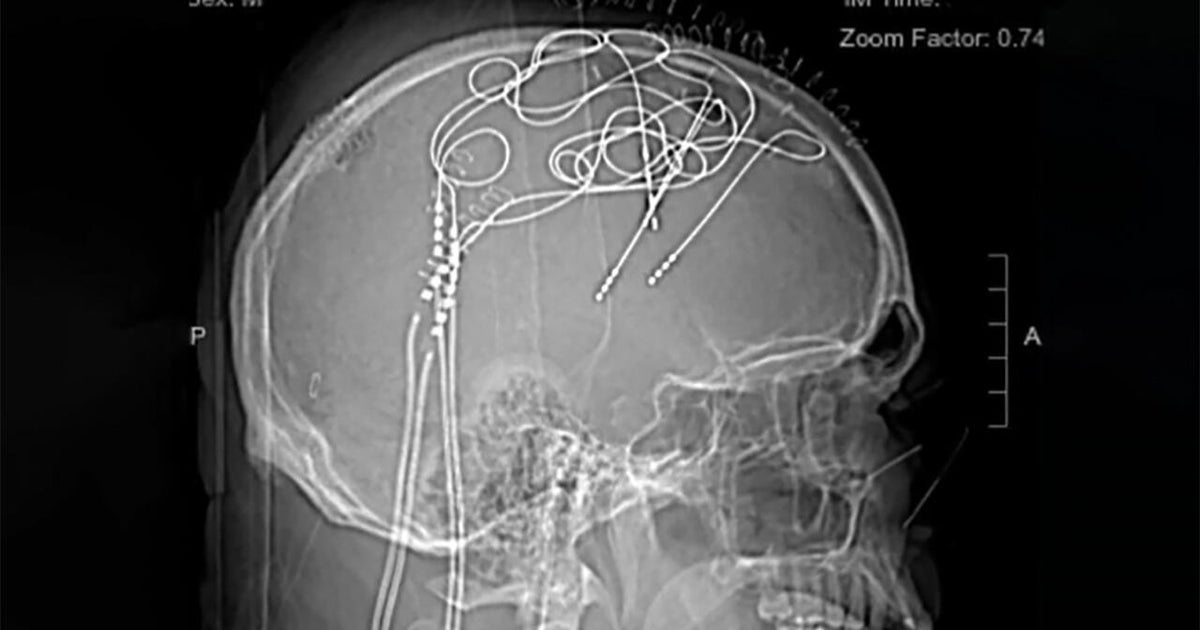Introduction to Chronic Pain
Ed Mowery, the founder and lead singer of a Death Metal band, suffered from unfathomable pain for decades. He described it as "around the clock, 365," comparing it to "a flash of razor in my legs and nerve pain in my arms." He explained that it was like having a severe burn, multiplied by 20 to 30, and applied from the neck down, with a blind razor in his legs and crazy nerve pain in his arms.
Understanding Complex Regional Pain Syndrome
Mowery’s condition is known as Complex Regional Pain Syndrome (CRPS), a rare disease that affects 200,000 people in the United States. Despite its rarity, doctors couldn’t find any reason for his pain. Dr. Sanjay Gupta, a neurosurgeon and author, notes that "there was nothing to show and say: ‘That’s why it hurts.’ It was just a kind of relentless pain."
The Prevalence of Pain in America
Many Americans suffer from pain; according to the CDC, approximately 20% of the population experiences pain. Dr. Gupta wrote a book, "It Doesn’t Have to Hurt," which explores the secrets of pain, including secular pain and painful pain like Mowery’s. During his research, he found that one of the people suffering from pain was his 83-year-old mother, Damyanti Gupta, who had a fall outside her door.
A Personal Experience with Pain
Damyanti Gupta had osteoporosis and suffered a compressed lumbar vertebrae. However, her pain didn’t show up on X-rays and MRIs. She described her pain as a 100 on a scale of 1 to 10, saying, "You don’t really notice that you have it. I never noticed that pain can be so terrible. You don’t want to live anymore." Dr. Gupta was deeply moved by his mother’s experience, saying, "I don’t want to live anymore – it’s obviously really painful to hear from my mother."
The Surprising Source of Pain
As a brain surgeon, Dr. Gupta sees patients with pain every day, but he personally experienced serious pain as a child when he got impaled on a fence. He notes that the body has an endogenous opioid system that can react to pain, flooding the body with opioids and improving mood, reducing memory of painful experiences, and helping with general pain. These natural opioids are known as endorphins.
"Switching Off" the Pain
Ed Mowery joined a clinical study at the University of California, San Francisco, which found the source of his pain and made headlines worldwide. The source of the pain, according to Dr. Gupta, was the brain. Mowery underwent deep brain stimulation and three rounds of brain surgery, which helped establish a connection between his pain and changes in the brain. The researchers were able to predict when Mowery would experience pain, quantify how bad it would be, and even switch it off with a little stimulation.
A New Beginning
Today, Mowery plays his music again and is looking forward to touring internationally with his band. He never lost hope, knowing that something would come to help him. His attitude and determination helped him through the tough times. Dr. Gupta predicts that Mowery’s story is only the beginning, and the effects on the treatment of all types of pain are far-reaching. The brain is the source of any pain sensation, from a paper cut to a broken vertebra to "razor snakes."

